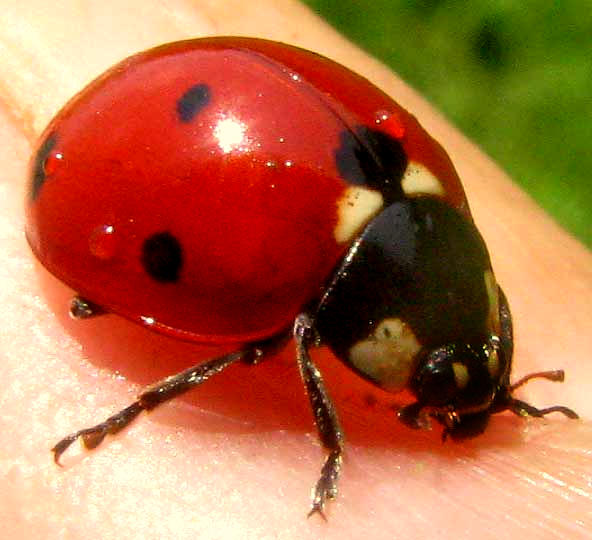 Is there a more charming insect than a ladybug? I remember when I was a child I was thrilled when I saw one. They are so colorful and interesting and easy to catch that kids love them. And farmers and gardeners love them because they eat aphids and other bugs that can harm their plants.
Is there a more charming insect than a ladybug? I remember when I was a child I was thrilled when I saw one. They are so colorful and interesting and easy to catch that kids love them. And farmers and gardeners love them because they eat aphids and other bugs that can harm their plants.
Ladybugs, sometimes called Ladybirds, are beetles and are part of the insect order called Coleoptera. There are more kinds of beetles or beetle species than there are of any other kind of insect!
Beetle wings
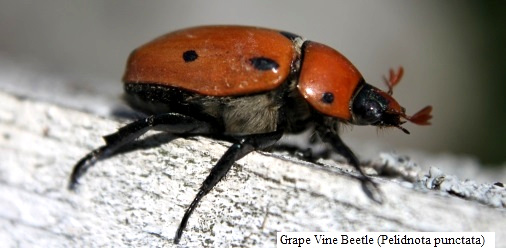
The main character that distinguishes beetles from other insects is their hardened forewings called elytra, which almost always meet in a straight line over the back. These hardened front wings protect the membranous hind wings folded beneath, which are used for flying, and the abdomen underneath, though in some groups of beetles the elytra are short and don't fully cover the abdomen.
Beetle mouthparts
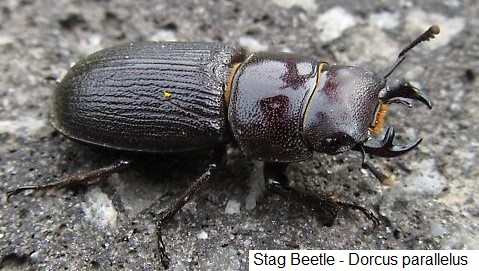
The mouthparts of adult beetles and most of their larvae are made like scissors, used for cutting and chewing. Nearly all beetles have mandibles generally hard and tooth-like, which vary greatly between species.
What do beetles eat?
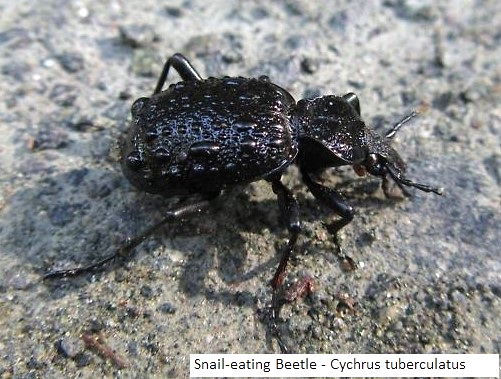
Beetles can eat a variety of different things. Some beetles eat fruit, flowers, leaves, nectar or fungi, but bark beetles and borers prefer eating wood or roots and can do a lot of damage to trees. Some are carnivorous and eat other insects or dead animals, still others are parasitic, meaning that they live off of other living mammals or insects. Some aquatic beetles survive on eating algae or plant roots, or aquatic organisms like tadpoles and small fish, and sometimes things that have died.
Beetle antenna
On the head of a beetle are compound eyes and feelers called antenna. There are many kinds of beetle antenna, some are short, thread-like, clubbed, comb-like or feather-like. They are used for smelling or feeling around. If you watch some beetles closely you may be able to see them use their legs to clean their antenna.
Complete metamorphoses
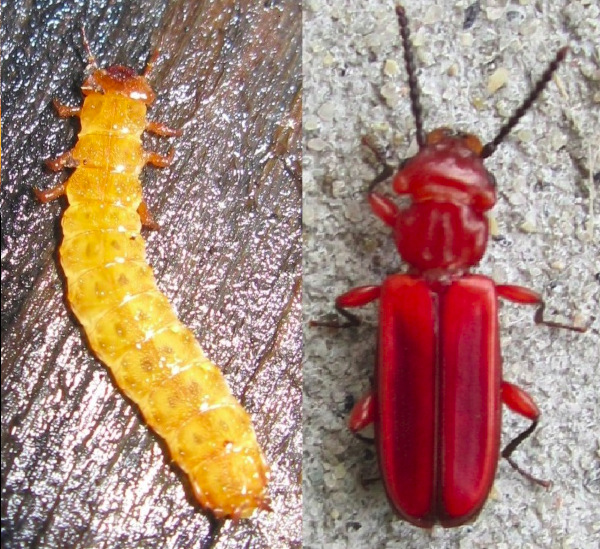
Beetles go through a complete metamorphoses, which means they go through an egg, larva, pupa, and then an adult stage. That picture shows the larva (which can be found under the loose bark of dead trees) and the adult stage of a Flat Bark Beetle, Cucujus clavipes
What eats beetles?
Because beetles are found all over the world and in almost every environment they have a lot of natural enemies or predators! Beetles get eaten by all kinds of mammals, birds, reptiles, amphibians, fish and also other insects. Throughout history people have eaten beetles and their larvae too, and in many places still do today, for they are a good source of protein!
How can beetles protect themselves?
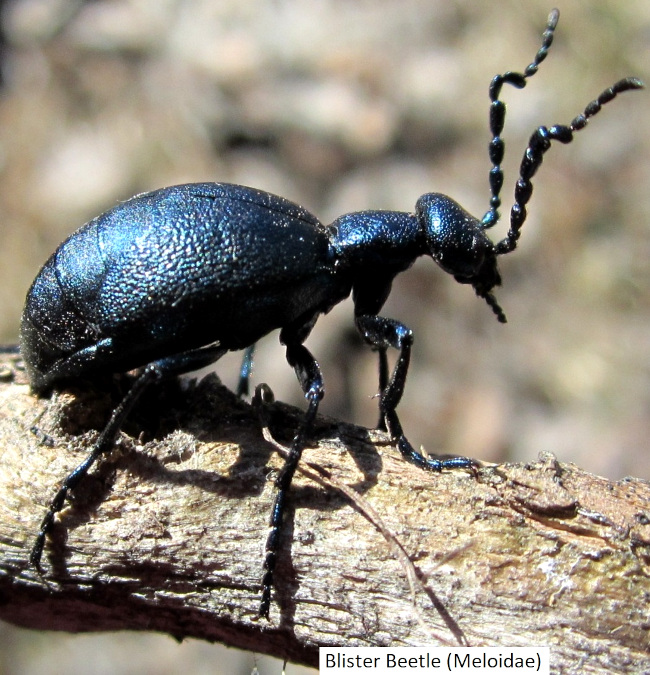
For many beetles their main protection is their hard elytra. Camouflage is another way beetles can protect themselves, by blending in with their surroundings it makes them hard to see. Some beetles even play dead by rolling on their back and pulling in their legs or just letting go and dropping off the branch they are crawling on to fall to the ground. Bright colored beetles advertise that they would be bitter or poisonous to eat and some release a bad smell or an oily liquid that could cause a rash or burn and some can spray acid from their back end! Others have strong enough mandibles to bite or pinch. So we always must be careful handling beetles and it is best not to pick one up unless you already know it is safe, if you are unsure, it is best to use a stick or leaf to get them to crawl onto you so you can take a closer look, but be sure to place them back where you found them, or sometimes they may just fly away.
Did you know that a firefly or lightning bug is also a beetle? There is a type of beetle that rolls up balls of dung and rolls them around! Beetles sure are an interesting group of insects!
